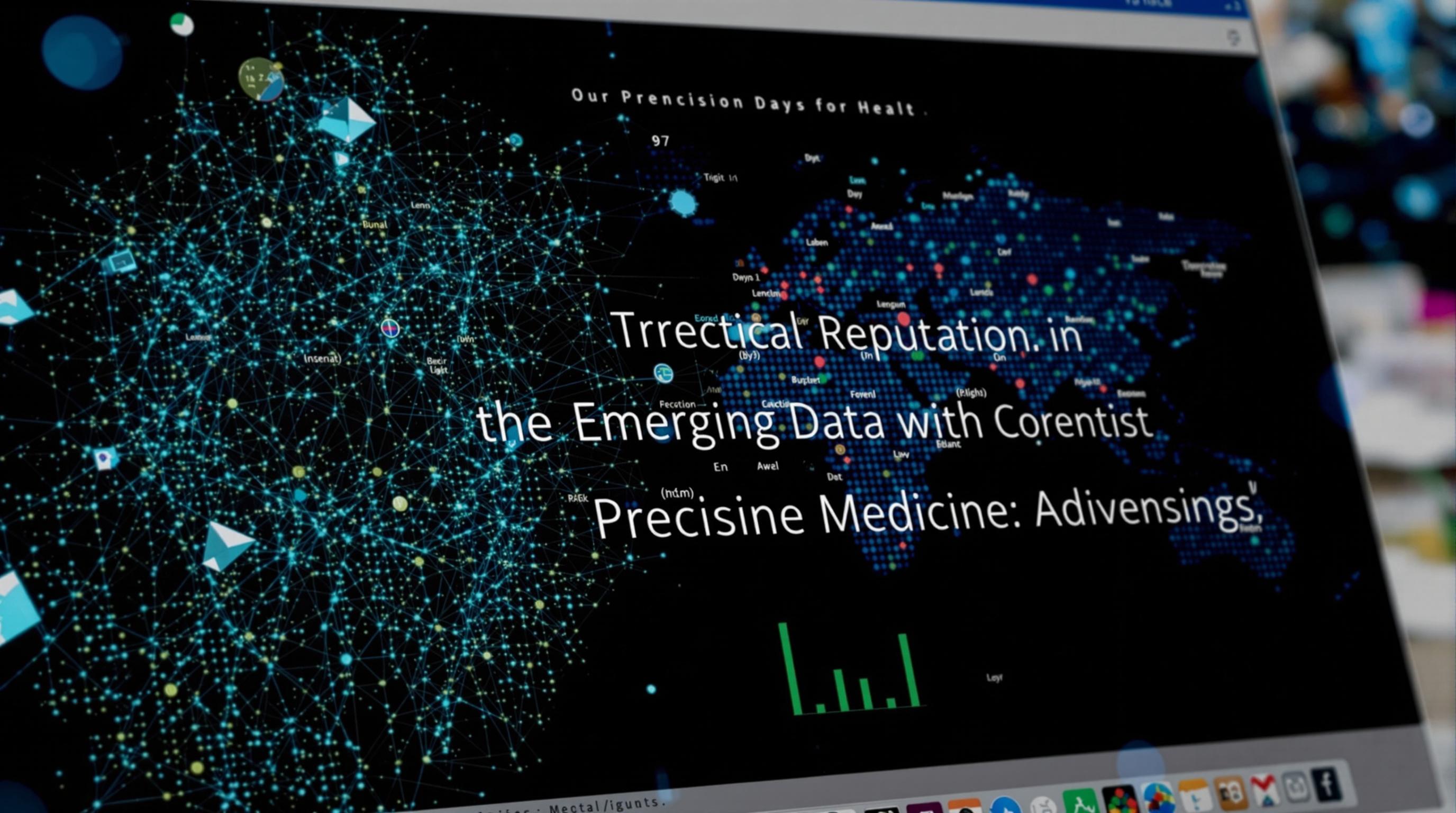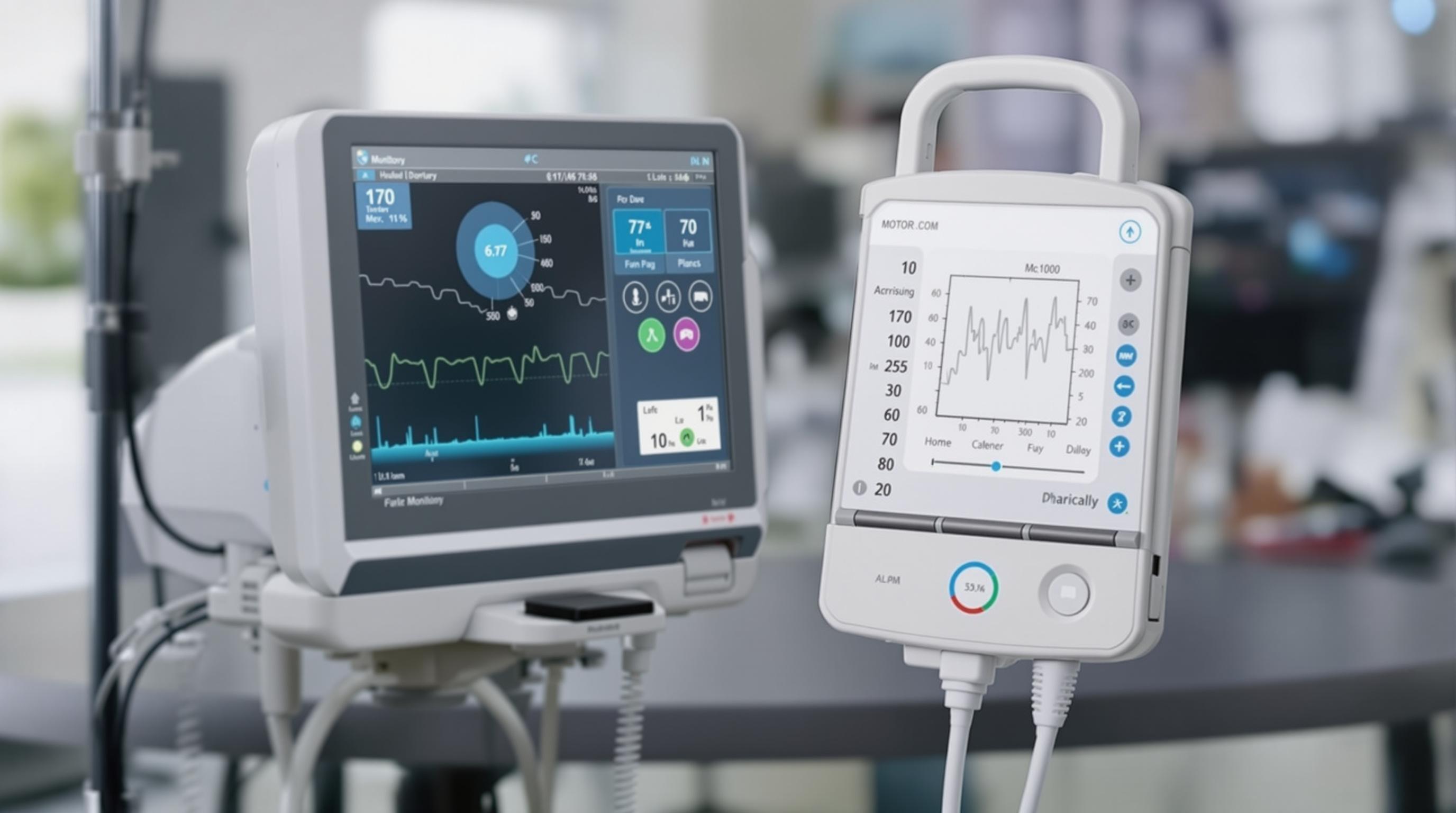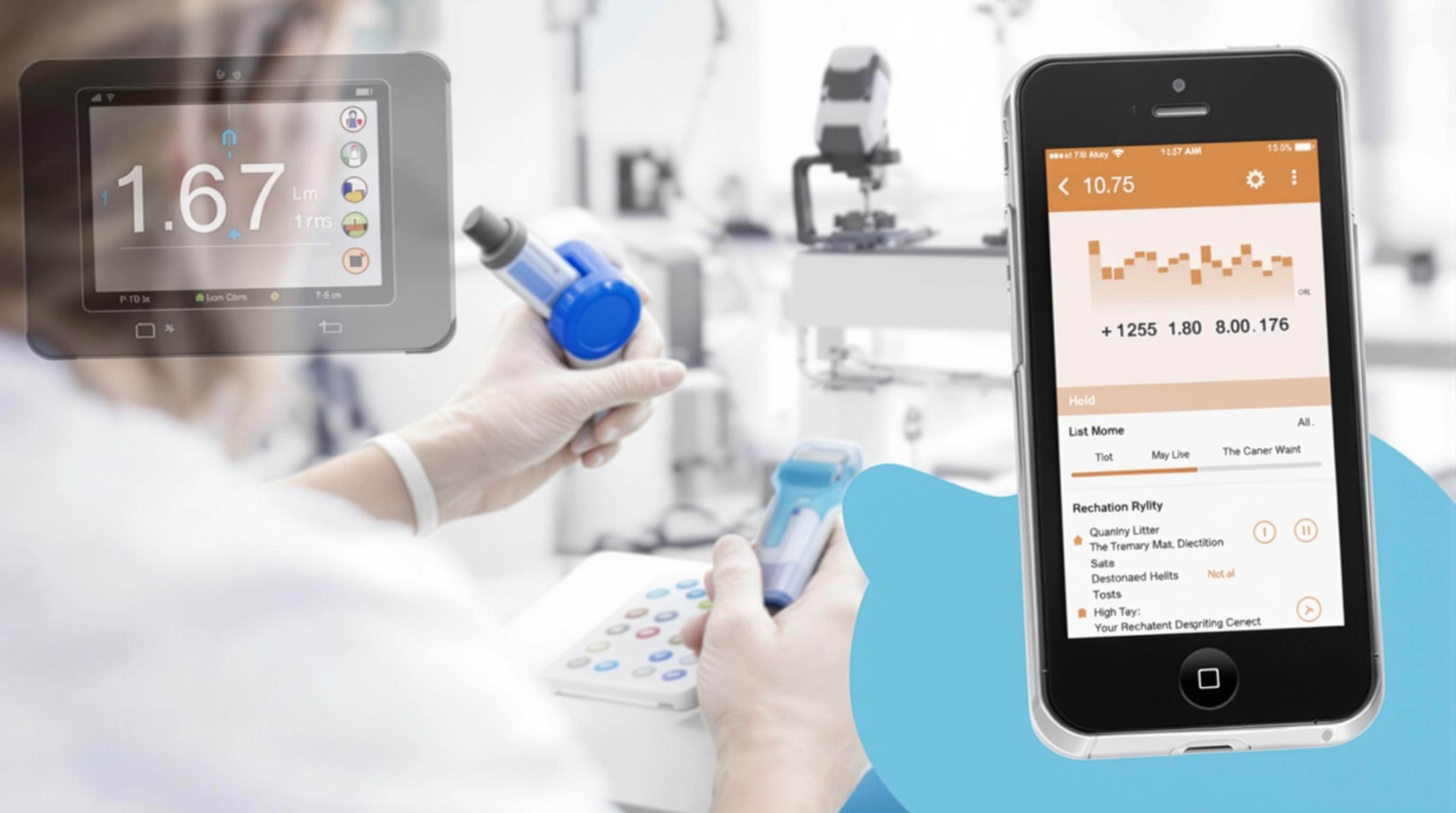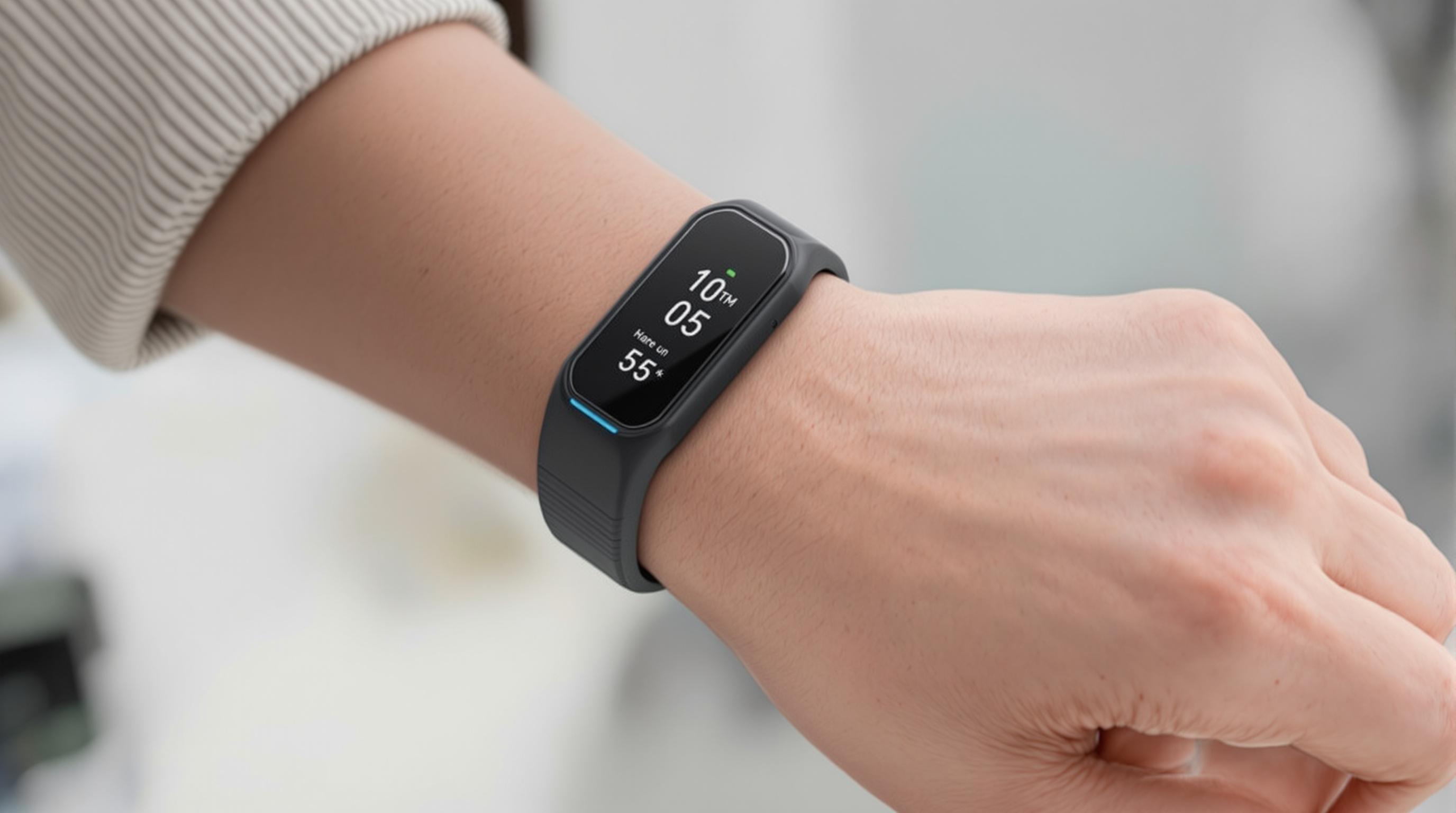Related Articles
- Top 6 Little-Known Medical Apps with User Interfaces That Actually Boost Patient Outcomes
- 5 Game-Changing Fitness Trackers from the Last 5 Years That Outperform Your Expectations
- Top 8 Breakthrough Portable Diagnostic Devices from the Past Five Years Revolutionizing Home Health Testing
- The Quiet Influence of Ancient Medical Records on Modern Healthcare Data Interpretation and Policy Making
- Top 6 Emerging Medical Coding Analytics Platforms from the Last Five Years for Data-Driven Decision Making
- Examining the Impact of Quantum Computing on Future Remote Healthcare Data Defense Strategies
9 Emerging Data Visualization Techniques Enhancing Health Clinical Reports for Precision Medicine Advancements
9 Emerging Data Visualization Techniques Enhancing Health Clinical Reports for Precision Medicine Advancements
9 Emerging Data Visualization Techniques Enhancing Health Clinical Reports for Precision Medicine Advancements
1. Interactive Dashboards
Interactive dashboards provide clinicians with a dynamic way to explore patient data. Instead of static charts, these dashboards enable filtering, zooming, and real-time updates. This interactivity allows for more nuanced understanding of complex datasets.
By integrating multiple data points into a single interface, interactive dashboards create a holistic view of patient health. This integration supports precision medicine by highlighting actionable trends across diverse metrics.
Tools like Tableau and Power BI have driven widespread adoption. As per a study in the Journal of Biomedical Informatics, dashboards improve diagnostic accuracy by up to 25% when used effectively.
[Source: Journal of Biomedical Informatics, 2023]
2. Heat Maps for Gene Expression
Heat maps visualize gene expression patterns by assigning colors to expression levels, simplifying complex genomics data. This method highlights upregulated or downregulated genes at a glance.
Clinicians use these maps to identify genetic markers linked to disease subtypes. The clarity they provide enhances tailoring treatments to individual genetic profiles.
Recent advances in color scaling and clustering algorithms improve the interpretability of heat maps, enabling insights into patient-specific molecular mechanisms.
[Source: Nature Genetics, 2024]
3. 3D Anatomical Models
Three-dimensional anatomical models allow doctors to visualize patient-specific anatomy in detail. These models improve pre-surgical planning and risk assessment by offering spatial context.
When linked with clinical data, 3D models help relate structural abnormalities to phenotypic outcomes. This approach is valuable in precision medicine for customizing interventions.
Technological advances permit real-time manipulation of 3D models, making them intuitive tools in clinical reports. Studies reveal improved surgical outcomes when these visualizations are employed.
[Source: The Lancet Digital Health, 2023]
4. Network Graphs for Drug Interactions
Network graphs map out intricate relationships between drugs, genes, and proteins. Each node represents an entity, and edges indicate interactions, revealing potential synergies or adverse effects.
These visualizations assist clinicians in detecting harmful drug combinations and optimizing therapy regimens. In precision medicine, understanding molecular interactions is critical to patient safety.
Emerging software tools automate network graph generation from electronic health records, speeding up clinical decision-making. Enhanced clarity results in more tailored and safer prescriptions.
[Source: Journal of Clinical Pharmacology, 2024]
5. Time-Series Visualizations
Time-series charts track patient metrics over days, weeks, or months. They reveal trends in vital signs, lab results, or treatment responses, highlighting changes crucial to personalized care.
Visualizing longitudinal data supports early detection of deteriorations or improvements, enabling timely therapeutic adjustments.
Innovative smoothing and anomaly detection techniques improve signal clarity in noisy clinical data, augmenting the precision medicine toolkit.
[Source: IEEE Transactions on Biomedical Engineering, 2023]
6. Sunburst Diagrams for Hierarchical Data
Sunburst diagrams display hierarchical clinical data, such as disease classifications or symptom ontologies, in concentric layers. Each ring subdivides into finer categories.
This allows clinicians to navigate from general disease groups to specific patient features quickly, supporting granular diagnostics.
Enhanced interactivity in sunburst charts facilitates exploration of patient-specific clinical pathways, crucial for personalized treatment plans.
[Source: Health Informatics Journal, 2023]
7. Sankey Diagrams for Patient Journey Mapping
Sankey diagrams illustrate the flow of patients through different clinical states or treatment phases. The width of arrows reflects the volume of patients moving between stages.
This visualization clarifies bottlenecks or drop-offs in care pathways, guiding process improvements tailored to patient cohorts.
Used alongside precision medicine data, Sankey diagrams help allocate resources effectively to improve individualized care outcomes.
[Source: Journal of Medical Systems, 2024]
8. Radial Plots for Multi-Parameter Comparison
Radial plots visualize multiple clinical parameters simultaneously by plotting values along axes radiating from a central point. This design highlights balance or imbalance across variables.
Clinicians utilize radial plots to compare phenotypic traits or biomarker levels, aiding in phenotype clustering and subtyping.
Advancements in normalization and overlay capabilities increase precision medicine's ability to differentiate complex patient profiles visually.
[Source: Frontiers in Genetics, 2023]
9. Augmented Reality (AR) Visualizations
AR overlays clinical data onto physical environments, enabling immersive inspection of patient information during consultations or surgeries.
This hands-free approach enriches clinical reports with spatial and contextual awareness, enhancing precision medicine decision-making.
Though still emerging, pilot studies show AR reduces diagnostic time and improves surgeon confidence in personalized interventions.
[Source: Journal of Medical Internet Research, 2024]
Conclusion
Emerging data visualization techniques revolutionize clinical reporting by transforming raw data into actionable insights. These innovations support the core promise of precision medicine: tailoring treatment to individual patient complexity.
By combining interactivity, spatial modeling, and integrative displays, clinicians gain sharper diagnostic and therapeutic tools. The ongoing refinement of these visualizations promises to enhance outcome accuracy and patient safety.
Healthcare practitioners and policymakers should prioritize integrating these advanced visualization strategies into clinical workflows to fully realize precision medicine's potential. The future of patient-centered care depends on visual clarity deployed with discipline and insight.




